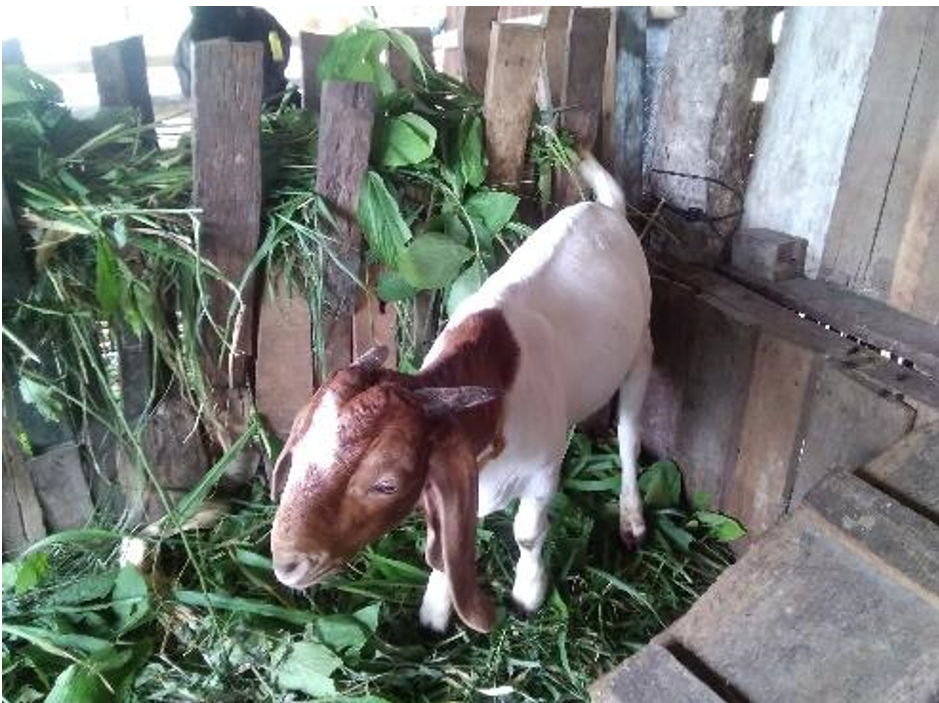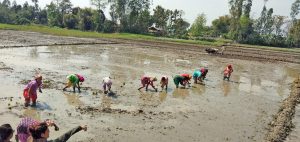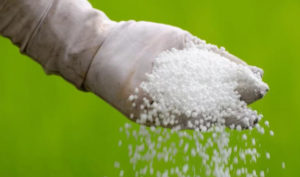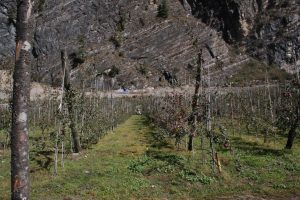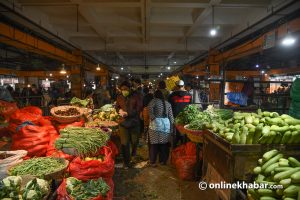Goat rearing was just a part of their household chores as they were not aware of agro-entrepreneurship. They adopted the traditional way of feeding, breeding and providing sheds for goats. They fed goats whatever they could find around, which created either an unbalanced or an inedible diet resulting in poor diet care.
Moreover, they were unaware of diseases that might attack goats, which resulted in goats’ high mortality rate and less productivity. Then, they lacked business sense and did not have any account keeping of actual farm transactions. Along with that, the misconception of meat from improved breeds would not be sold was rampant among them.
This was the story of women in Sundarharaicha-6, Morang. However, the situation has significantly changed. The reason behind their past situation was an absence of a trustworthy alternative to agro-entrepreneurship, hence continuing the same old way of goat farming.
This can be a point for other Nepalis, in particular women, on how agro-entrepreneurship can change people’s lives.
The story of change
These women have now begun to practise modern ways of feeding, breeding and providing sheds for their goats. They have moved towards commercial farming or agro-entrepreneurship. As a result, they have increased the number of goats to a maximum of 10, which used to be less.
Moreover, they trust in improved breeds and newborn Boer goat kids’ growth is significantly increasing. Here, two to three offspring are produced by improving their breed. They are more careful while building sheds for goats. They use local bamboo, wood and even cement for the sheds, which protect goats from cold.
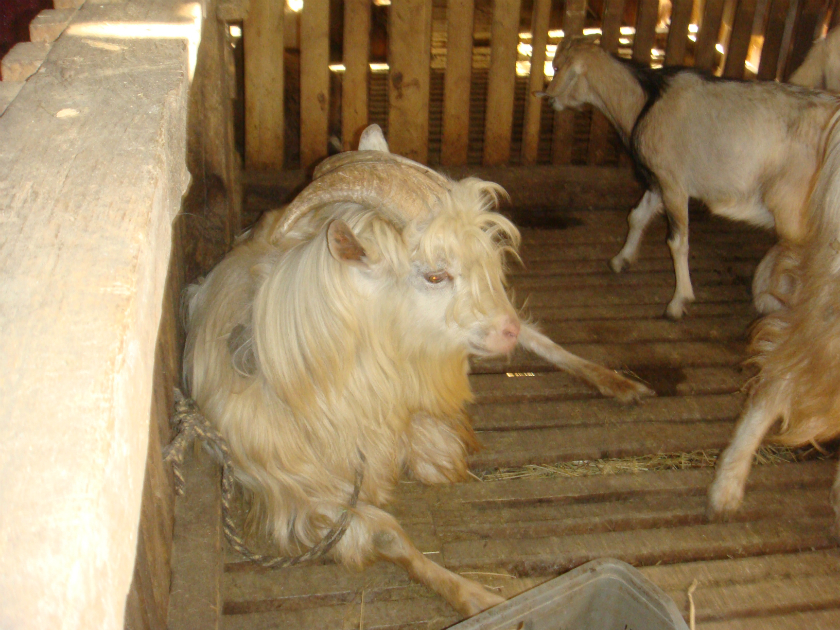
They even grow different types of grass in their own 139 katthas (17,575 square metres) of land to feed a proper diet. Moreover, those who do not own much cultivable land collectively grow grasses on 37 katthas (4,680 square metres) of abandoned land in the nearby community forest.
This has minimised diseases in goats, and productivity has relatively improved. Moreover, they have started associating with local governments for enhancing their skills as entrepreneurs. For example, recently, a technical person from the municipality has oriented the group about different aspects of agro-entrepreneurship including improved breeding and commercial goat farming. Thus, the collective effort of women started paying a positive return.
Fruitful association
All of these changes became a reality thanks to their association with the Samriddhi – Rural Enterprises and Remittances Project. It has been launching its programmes for implementation in rural areas of Province 1, Madhesh, and Bagmati.
The project intended to provide a sustainable source of income to the poor and migrant families in the agriculture and non-agriculture sectors. The project is supporting farmers producing agricultural commodities such as vegetables, rearing goats, dairy production, fish farming, etc to enter into agro-entrepreneurship.
This article explains the project’s initiatives in the following points:
Interaction between goat producer groups
When the target groups apply the knowledge about agro-entrepreneurship they have received into practice, change is possible too. An interaction between two goat producer groups—Durgeswori goat farmer group and Godawari goat farmer group–identified the growth possibility of goat farming, knowledge and access to technology, financial services and market conditions for the producers.
Interaction with service providers
Agro-entrepreneurship practitioners were interested in reducing the mortality rate of goats. Hence, in coordination with the project, an orientation programme was organised by an insurance company to inform the group about the insurance policy. Soon after the programme, they insured their goats.
Moreover, one of the project partner cooperatives, Suraksha Samajik Udyami Mahila Sahakari, began financial access to the women’s groups. It has already strengthened the cooperatives.
Likewise, with the aim of enabling financial linkage, an interaction programme was organised between the Agriculture Development Bank Limited (ADBL) and the agro-entrepreneurship groups, which became fruitful to enrich knowledge on livestock loans, subsidised loans/procedures, and farmer’s credit cards, and service packages to the farmers. Now, they have taken loans to enhance goat farming from the cooperatives Yuba Sworojgar and ADBL. Some members have benefitted from the subsidised loans as well.
Technology reform
Agro-entrepreneurship is not possible without transforming traditional technology. With this in mind, the group proposed to adopt improved shed, breed, grass and fodder systems. Now, they have been practising improved technologies through co-investment funds such as 30 per cent of the SAMRIDDHI grant and 70 per cent of their own investment. Recently, group members were provided with technical training to make them train on modern technology.

Business literacy for agro-entrepreneurship
Having production skills does not mean that they have the ability to become businesspersons. They may lack the socio-economic and educational foundation to transform themselves into a commercial farmer. So, farmers dedicated to subsistence farming need agro-entrepreneurship literacy education.
Hence, the project trained a local woman to become a trainer from the same cluster. She was trained based on the adult teaching-learning method. In the training, she learned about general business knowledge such as finance, investment, production plans, savings, loans, etc. Similarly, she learned about maintaining business records, market-oriented production plans, income and expenditures, using the farmer’s diary.
Then, she delivered financial education and entrepreneurship knowledge to the group.
Group mobilisation rather than individual support
When they were being mobilised separately at the individual level, their business sense was limited. But after they have organised into groups’ including 25 households in one group, collective spirit, cooperation and knowledge sharing among each other have enhanced. The sense of competition as to who will do better in the group has also improved. Some members could not arrange the proposed investment for goat farming, but the other members helped them.
They decide collectively on pricing and utilising the fund collected by Boer goats they have purchased in the group. Group resources are used in every aspect of agro-entrepreneurship.
Challenges
Women are supposed to do multiple roles in Nepali society. Due to this, women are not able to manage time to mobilise themselves physically and mentally as it is expected. So, women are not as better in management, performing procedural tasks, coordination and establishing relationships with other stakeholders as they are in production.
There is a pervasive concept in the community that there must be substantial donation/subsidy in the donor-funded programme. The project faced difficulties in the inception phase to assure them of the agro-entrepreneurship model as the same mindset was also there. They have been fascinated eventually by the technical and financial services as projects supported at various stages from production to marketing.
Similarly, there is a lack of veterinary care at the local level. The veterinarians do not come from Itahari when they are called urgently in their need. No one has received veterinary training so far. Even if they get the common disease, the goats will die. These are the prominent issues to be paid attention to by concerned bodies as soon as possible.
Conclusion
The project is failing to build a business system in the agriculture sector. Therefore, agro-entrepreneurship is not well established yet as a profitable business. In such a situation, the project facilitates strengthening the supply chain so as a strong business partnership can be built among supply chain actors. Thus, continuous motivation is needed.
Currently, the way of goat farming system has been reformed to some extent in Sundarharaicha. However, it may take some time to see its result in livelihood. Hopefully, the women will be benefitted from the upcoming activity of the project. The forthcoming programme to encourage the deprived members through the social inclusion fund is expected to bring balance results for all members of the groups.



